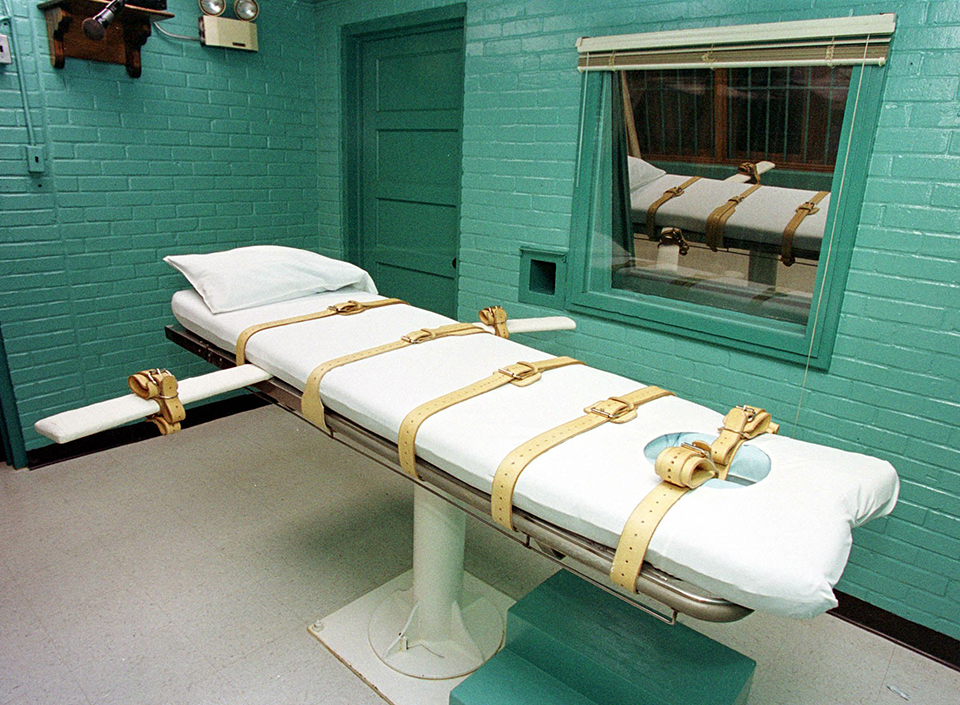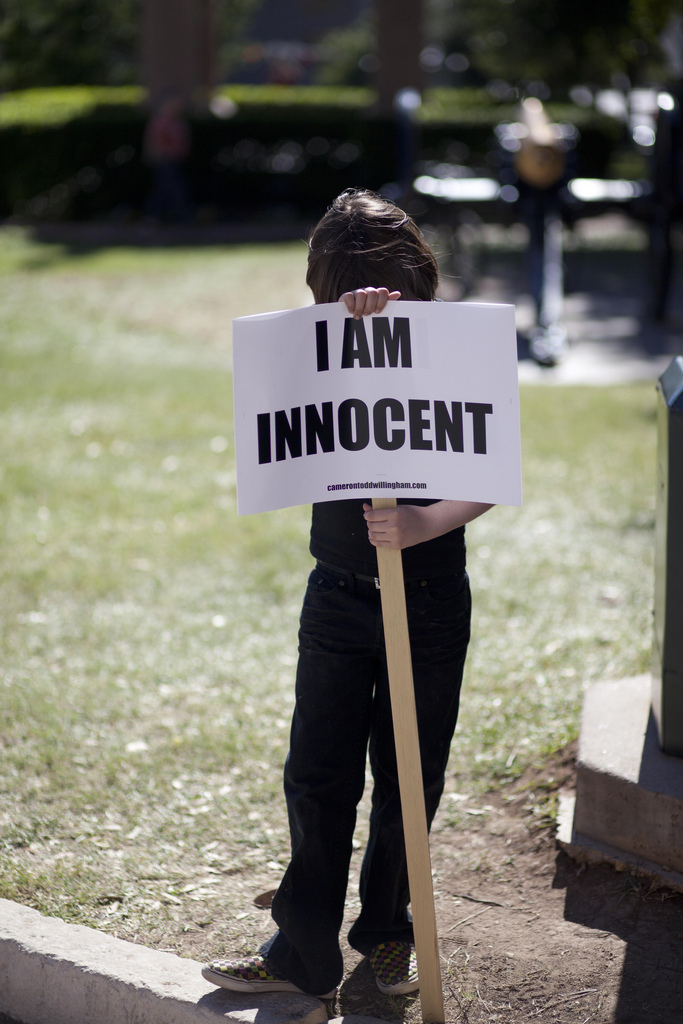 Below is from Keith Hampton’s website:
Below is from Keith Hampton’s website:
Today is the 5th anniversary of the execution of Michael Richard, the death-sentenced inmate seeking an appeal who Judge Sharon Keller famously told, “We close at 5p.m.”Michael Richard’s case is not a unique case of Sharon Keller exercising bad judgment. Judge Keller has a career of abusing constitutional rights.
Here are the facts:
- Sept. 25, 2007 – The Supreme Court of the United States takes up a case regarding the procedure of administering lethal injection.
- That Morning – States across the U.S. halt lethal injections pending the decision of the Supreme Court.
- That Afternoon – Lawyers representing Michael Richard prepare an appeal based on the Supreme Court’s action, but are delayed in filing it. They ask if the Clerk’s office could remain open for just a few more minutes past 5 p.m.
- 4:45PM – Judge Keller denies the request. She says, “We close at 5.”
- 8:28PM – Michael Richard is pronounced dead, having been executed by lethal injection.
- Years later – Sharon Keller is reprimanded by the Commission on Judicial Conduct, yet still serves as presiding judge.













